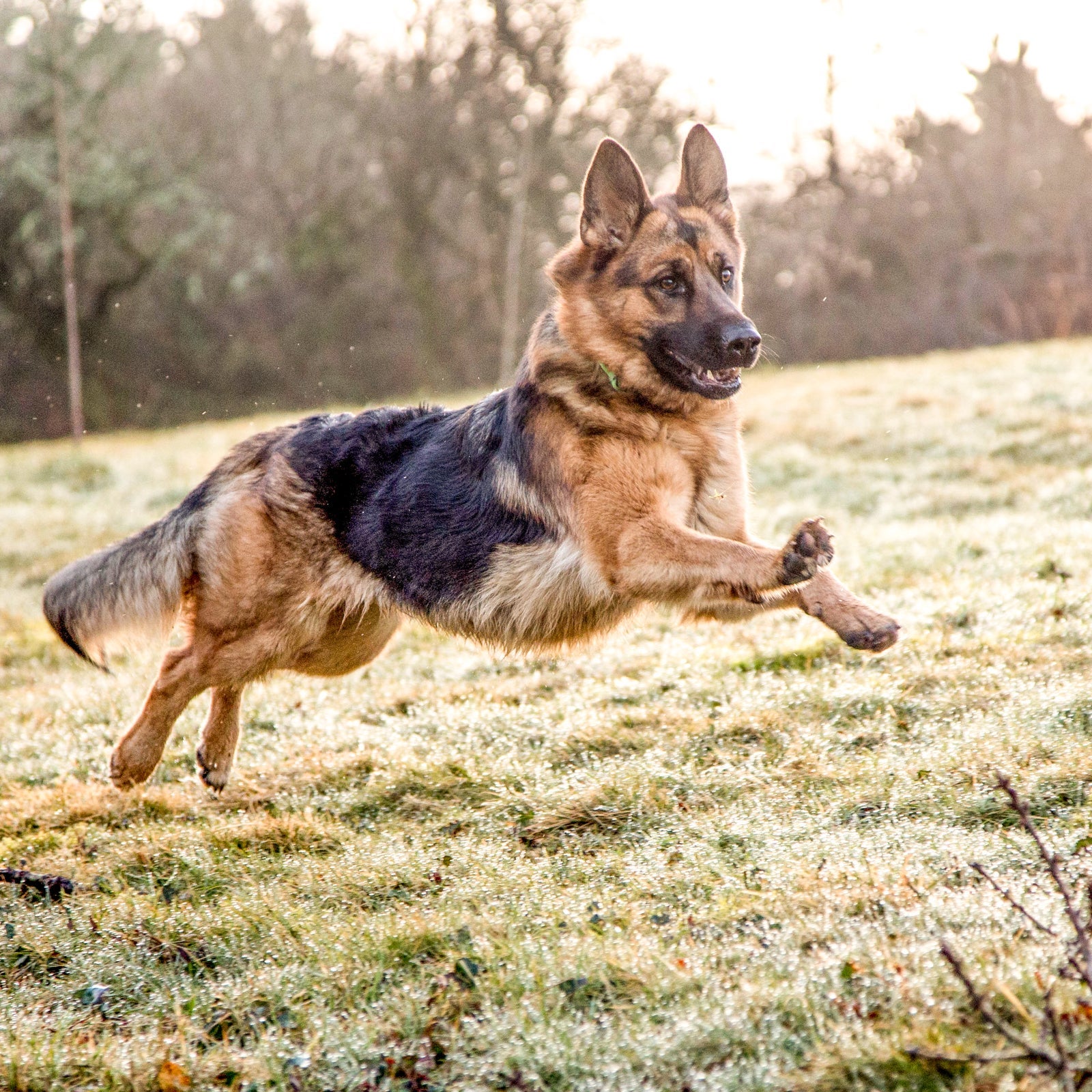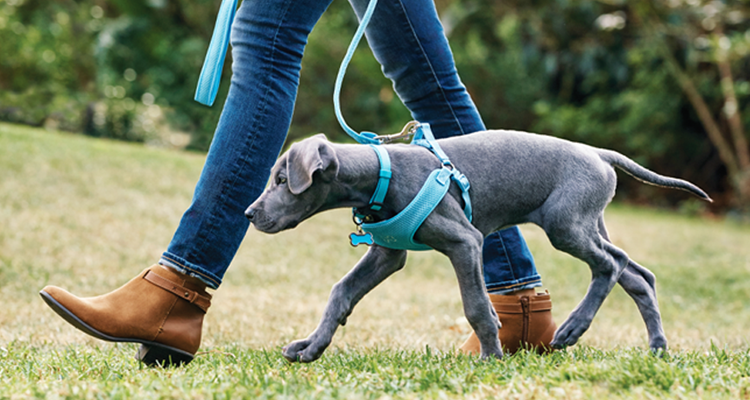The Importance of Patience and Understanding in Dog Training Practices
The Importance of Patience and Understanding in Dog Training Practices
Blog Article
Novice's Guide to Effective Pet Dog Training in your home
Successfully training a canine at home calls for a nuanced understanding of canine behavior and efficient interaction approaches. Establishing clear training objectives, making use of premium benefits, and maintaining consistency across family members are critical components. Integrating training into day-to-day regimens can enhance both involvement and retention. However, lots of novice trainers encounter obstacles that may prevent progression. To browse these intricacies effectively, it's vital to discover numerous essential facets that can transform your method and lead to an unified connection with your family pet. What essential principles should every beginner understanding to ensure success?
Comprehending Pet Dog Actions
Understanding pet habits is essential for effective training and promoting a harmonious relationship in between humans and their canine companions. Pets interact mainly with body language, articulations, and faces, making it important for proprietors to interpret these signals properly. Acknowledging behaviors such as tail wagging, roaring, or cring can provide insights right into a dog's emotion and purposes.

Typical behavioral problems, such as aggressiveness, anxiousness, or extreme barking, often come from misconceptions or unmet demands. Observing and dealing with these concerns immediately can prevent escalation and ensure a favorable training experience. By fostering a deep understanding of pet dog behavior, proprietors can customize their training methods to suit their canine companions, inevitably causing a mannerly and pleased pet.
Vital Educating Devices
A well-appointed training area can dramatically enhance the performance of dog training in your home. Essential training tools make certain that both the fitness instructor and the canine can take part in effective sessions that cultivate learning and bonding.

Buying a sturdy chain and a comfortable, well-fitting collar or harness is important for safety and security and control. These tools help develop limits and make sure the pet remains protected during training. Additionally, an assigned training area, without disturbances, aids concentration for both the pet and the trainer.
Educating help such as training pads, cones, or dexterity equipment can also improve the experience by introducing variety and obstacles. Last but not least, having a notebook or digital app for tracking development can be important, enabling you to keep in mind successes and locations for improvement. Using these essential tools will certainly create a positive training setting and lay the foundation for effective learning.
Creating a Training Routine
Establishing a regular training regimen is essential for reliable pet training in the house. A well-structured regular not only aids in reinforcing wanted behaviors yet additionally provides your pet with a feeling of protection and predictability. To produce an effective training routine, start by recognizing details training objectives, such as basic commands, chain strolling, or housebreaking.
Pick a marked time each day for training sessions, ideally when your pet is sharp and responsive. Procedure ought to be brief, around 5 to 15 minutes, to maintain focus and stop tiredness. Uniformity in timing and setting will improve your pet dog's understanding experience.
Include training right into day-to-day tasks to strengthen abilities. Technique commands throughout strolls or mealtime, which incorporates discovering right into all-natural regimens. Additionally, remain versatile click for more info and readjust the regular as essential, accommodating your pet's energy levels and state of mind.
Positive Support Techniques
Favorable reinforcement strategies are basic to reliable pet dog training, advertising preferred habits via benefits instead than penalty. This method makes use of positive stimulations, such as treats, praise, or play, to urge pets to repeat particular top article actions. The cornerstone of this strategy is timing; incentives need to be provided right away complying with the desired behavior to create a clear organization.
When applying positive reinforcement, it is necessary to choose rewards that are inspiring for your pet dog. High-value treats, such as tiny items of hen or cheese, can be particularly reliable throughout training sessions. In addition, varying the benefits can maintain your pet dog's interest and interest.
Begin with easy commands, like "rest" or "remain," and progressively development to much more intricate tasks. Consistency is vital; guarantee that all member of the family utilize the exact same commands and incentive systems to prevent confusion.
Additionally, it is essential to continue to be patient and prevent irritation. Pets, like human beings, learn at their very own rate. By promoting a helpful training environment with positive reinforcement, you can enhance your pet dog's discovering experience while strengthening the bond between you and your hairy buddy, preparing for successful training results.
Common Educating Difficulties
While educating a pet dog in your home can be a fulfilling experience, it often includes a set of usual challenges that can check both persistence and consistency. One common issue is disturbance. Dogs may come to be easily sidetracked by noises, motions, or also scents in their environment, making it hard to maintain their focus during training sessions.
One more obstacle is incongruity in commands and reinforcement. It can puzzle the canine and impede progress if family members make use of various signs or benefits. Developing a unified approach is vital for reliable communication.
Additionally, canines can experience stress or anxiety, specifically if they do not comprehend what is expected of them. This can result in unfavorable behaviors, such as chewing or barking.
Ultimately, the timing of reinforcement is essential (Dog training). Delayed benefits can reduce the performance of positive support, as pet dogs might fail to connect the habits with the benefit
Overcoming these challenges needs dedication, clear interaction, and an organized training plan. Acknowledging and addressing these usual obstacles will certainly pave the means for an extra effective and satisfying training experience in your home.
Final Thought
Finally, effective pet training in the house necessitates a detailed why not look here understanding of canine habits and effective interaction methods. By establishing clear training goals and using high-grade treats alongside positive reinforcement, the training procedure becomes a lot more gratifying for both the canine and the fitness instructor. Adaptability, persistence, and consistency are important parts that facilitate learning. Eventually, integrating training right into everyday routines boosts the bond in between pet and proprietor, making the experience both satisfying and productive.
Developing a constant training routine is necessary for effective pet training at home.Favorable support techniques are fundamental to efficient pet dog training, advertising wanted actions with benefits instead than punishment (Dog training). By cultivating an encouraging training setting with favorable support, you can enhance your pet's understanding experience while strengthening the bond between you and your furry companion, laying the foundation for effective training results
In final thought, successful dog training at home requires an extensive understanding of canine behavior and effective interaction techniques. By developing clear training objectives and using premium deals with alongside favorable reinforcement, the training procedure comes to be extra fulfilling for both the trainer and the pet dog.
Report this page